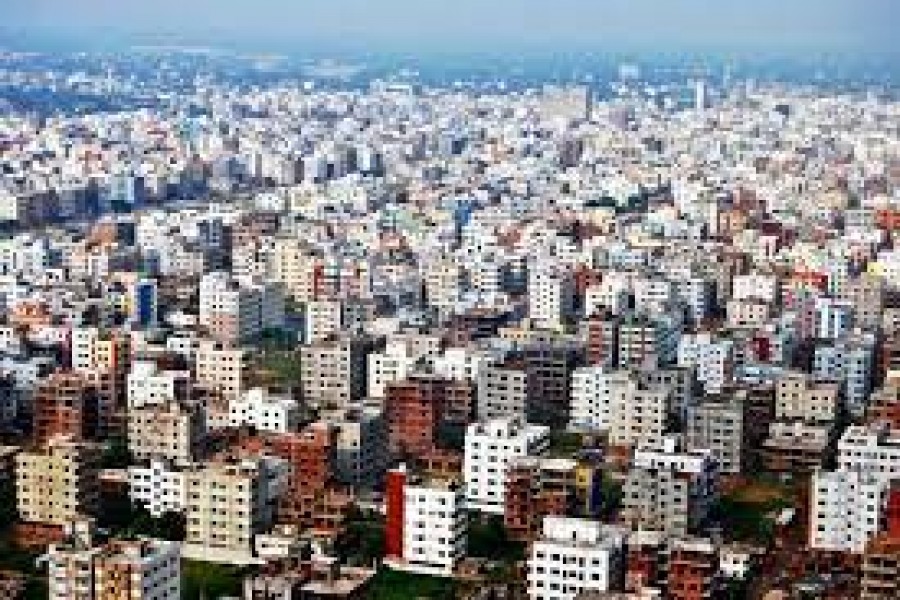That Dhaka is an overburdened city in all respects does not need any elaboration. The consequent bad effect on city residents is, thus, understandable. Even the impression the outsiders get while on their first arrival in this city is also not palatable. A few statistics mentioned in a study paper presented at the annual conference of the Bangladesh Institute of Development Studies (BIDS), the state think-tank, held late last week, have shown how serious, if not insurmountable, the Dhaka city's problems are.
According to a paper presented by a PRI (Policy Research Institute) researcher at the annual BIDS conference, around 32 per cent of the country's urban population lives in Dhaka city alone and they consume nearly half of the total power generated in the country. This overgrown city, in terms of population and concentration of most economic activities in a small area, is taking a huge toll on the economy---about 6.0 to 10 per cent loss to the GDP (gross domestic product) annually. The traffic congestions alone are costing the country 2.0 to 3.0 per cent of its GDP.
These are raw statistics. What matter most are the troubles the people face day in, day out. The overcrowded city has been repeatedly adjudged as one of the worst living places on earth. It is also one of the most polluted cities with its air found unfit for breathing. Many roads remain waterlogged for hours together during the monsoon. Most areas of the city do not have an efficient sewerage system, while half of the residents do not have access to safe potable water.
The public hospitals remain overcrowded as patients from outlying districts come to Dhaka for better treatment at the least cost. The same is the case with higher-level educational institutions. The list will be longer if all the problems faced by the Dhaka people are included. But why is it so? Why has the administration during the past decades allowed concentration of all powers and facilities in one place---Dhaka city--- depriving most other places of the country?
Sadly enough, the successive governments have preached decentralisation in public, but, in reality, they have worked relentlessly to centralise power in Dhaka. Even for securing a decision on a small issue, the people living in other districts are required to look towards the centre. Since most economic activities are Dhaka-centric, rural people have been migrating to it in search of jobs without a pause. Most of them end up in low-paying menial works, including rickshaw pulling. The influx is putting pressure on the limited civic facilities of the city.
Late President Ershad had offered an opportunity for decentralisation through the Upazila system, his motive to create a political client base at the grassroots notwithstanding. The system now is there, but in a truncated form, with the lawmakers undercutting the elected representatives at the upazila level, to a great extent.
If Dhaka is to be relieved of the enormous population pressure and problems associated with it, there has to be decentralisation of administration and all other facilities, including education and health. It has to be ensured that the people living in districts are not required to come to Dhaka to secure most decisions and all essential facilities. In addition, the government must make an extensive and integrated plan to resolve the major problems of Dhaka city systematically.


